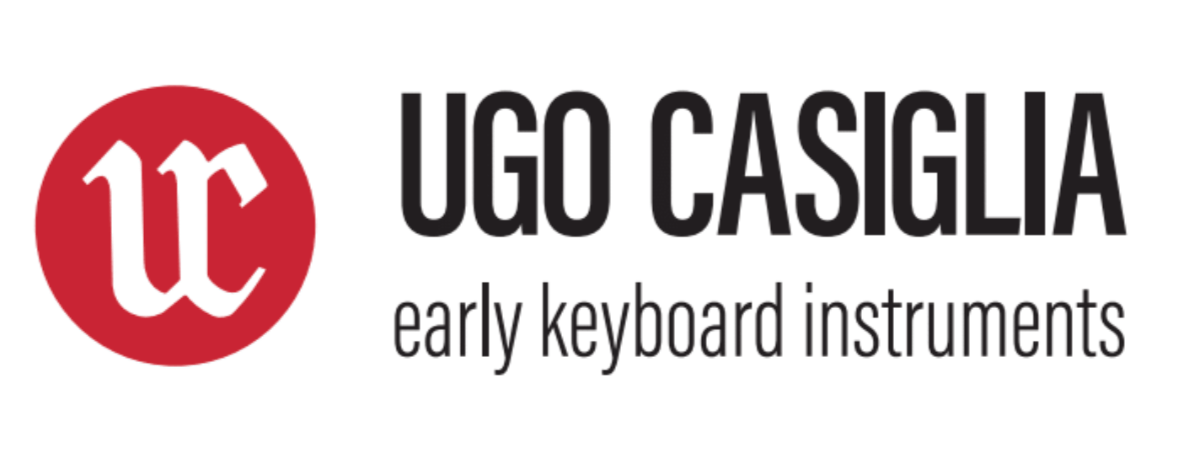Restoration and preservation work on musical instruments follows the same principles and presents the same issues as that on other types of cultural heritage. The difference lies in the expectations projected on the restored musical instrument: it should be ready to be played and used in so-called “historically informed” performances. By restoring ancient musical instruments, we were able to shed light on both the timbre of instruments from historic eras and the performance practices of such eras. The ultimate purpose of any restoration work is for the instrument to be played professionally, thereby making it possible to gain insight into ancient sonorities.


It should be noted that musical instrument restoration has always been a controversial topic, giving rise to oftentimes opposite views–which to this day is subject to conflicting opinions. Each restoration is a story in itself, which requires study and profound understanding on the part of the restorer, who has to balance the core concepts of the art of restoration and the natural desire of the owners to be able to play their instrument again. There is no doubt, though, that reversibility often cannot be achieved as a result of the normal decay of leather and felt, as well as of ancient plectrums and metal strings. The corrosion, dirt build-up and wear of the musical instruments’ perishable parts is a documentary aspect to be taken into account. The early keyboard instruments are complex machines, made up of hundreds of elements often built using perishable organic materials. Moreover, sometimes musical instruments to be restored have already been altered from their original project, this complicates the restoration which only with profound experience can bring the instrument back to its original state.
Our commitment to reconstructing the missing parts is a constant challenge, since the ancient production techniques have been lost but thanks to a profound knowledge of the historical originals and the construction of the replicas we are able to complete the restoration in all phases. At the same time as our work, the growing interest in early instruments has meant a renaissance of small businesses that produce otherwise unobtainable materials, such as metal strings, felts, leathers and more.. That is why restoration is a fascinating research work that explores very different fields–but all of which are aimed at recapturing the voice of the instruments of the great masters of the past.


Conrad Graf – Vienna 1825ca #1085
Length: 238cm
Compass: FF – f
Pedals: Una corda, bassoon, damper lifting, moderator, turkish music.

Carlo De Meglio – Napoli 1826 Op.207
Length: 230cm
Compass: FF – f
Pedals: Una corda, bassoon, damper lifting, moderator

Anonymus – Fortepiano – Italy 1820ca
Length: 240 cm * 120 cm
Compass: Fa0-Fa6
Pedals: 4 pedals

Boisselot et fils – Marsille 1854
Length: 210 cm * 130 cm
Compass: Do0-La7
Pedals: 2 pedals

F. Hoxa – Vienna 1839
Length: 235cm
Compass: CC – g

J. Bohm – Vienna 1820ca
Length: 220cm
Compass: Fa0-Fa6

Giacomo Ridolfi – Roma 1670ca.
Length: 200cm
Compass: C/E – c (lower and broken octave)

Clavicembalo Anonimo – XVIII sec.
Length: 225cm
Compass: Do1-Fa5

J. Brodmann – Vienna 1805ca
Length: 224 cm
Compass: Fa0-Fa6

Clavicembalo Anonimo – XVII sec.
Length: 200 cm
Compass: Do1/Mi1-Do5

J. Schanz – Vienna 1825ca
Length: 237cm
Compass: Fa0-Fa6

M. Jakesch – Vienna 1825ca
Length: 235cm
Compass: Do0-Fa6

Michele Antonio De Grandi – Carrara 1681
Length: 267cm
Compass: Do1-Do5

Pianino Pleyel 4175 – Parigi 1834
Length: 113cm
Compass: Fa0-Fa6

Pleyel n. 35876 – Parigi 1863
Length: 220cm
Compass: La-1-La6

Luigi Violi – Bologna XVIII sec.
Length: 113 cm * 48 cm
Compass: C – g
Pedals: damper lifting, moderator.

G. Haschka – Vienna 1820ca
Length: 140cm
Compass: Fa0-Fa6
